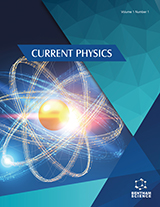The journal publishes original research articles, letters, case reports, reviews/mini-reviews, editorials, commentaries, perspectives, letters to the editor, and guest-edited thematic issues on various topics related to physics.
It is not limited to any one aspect of a specific field but ...read more

